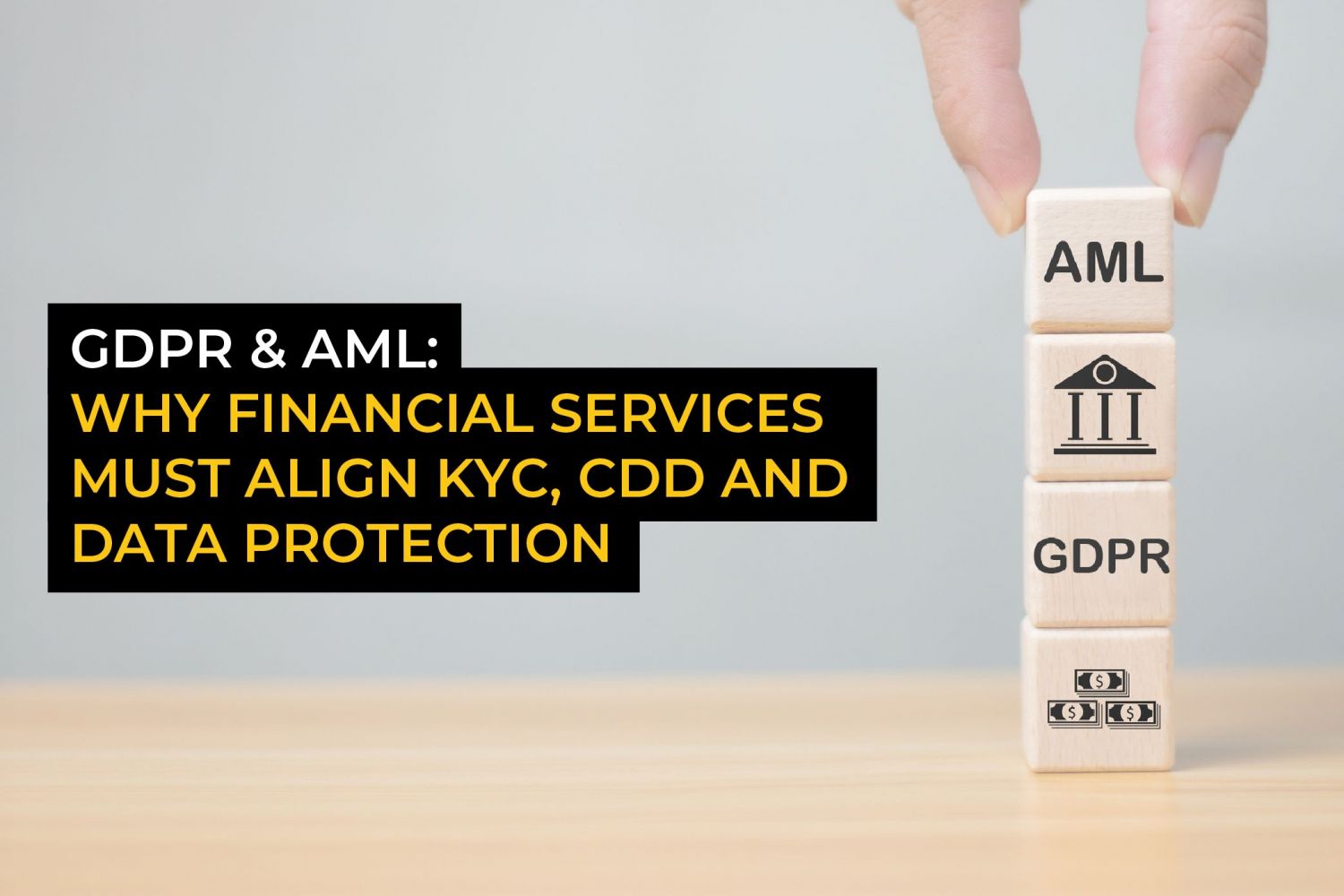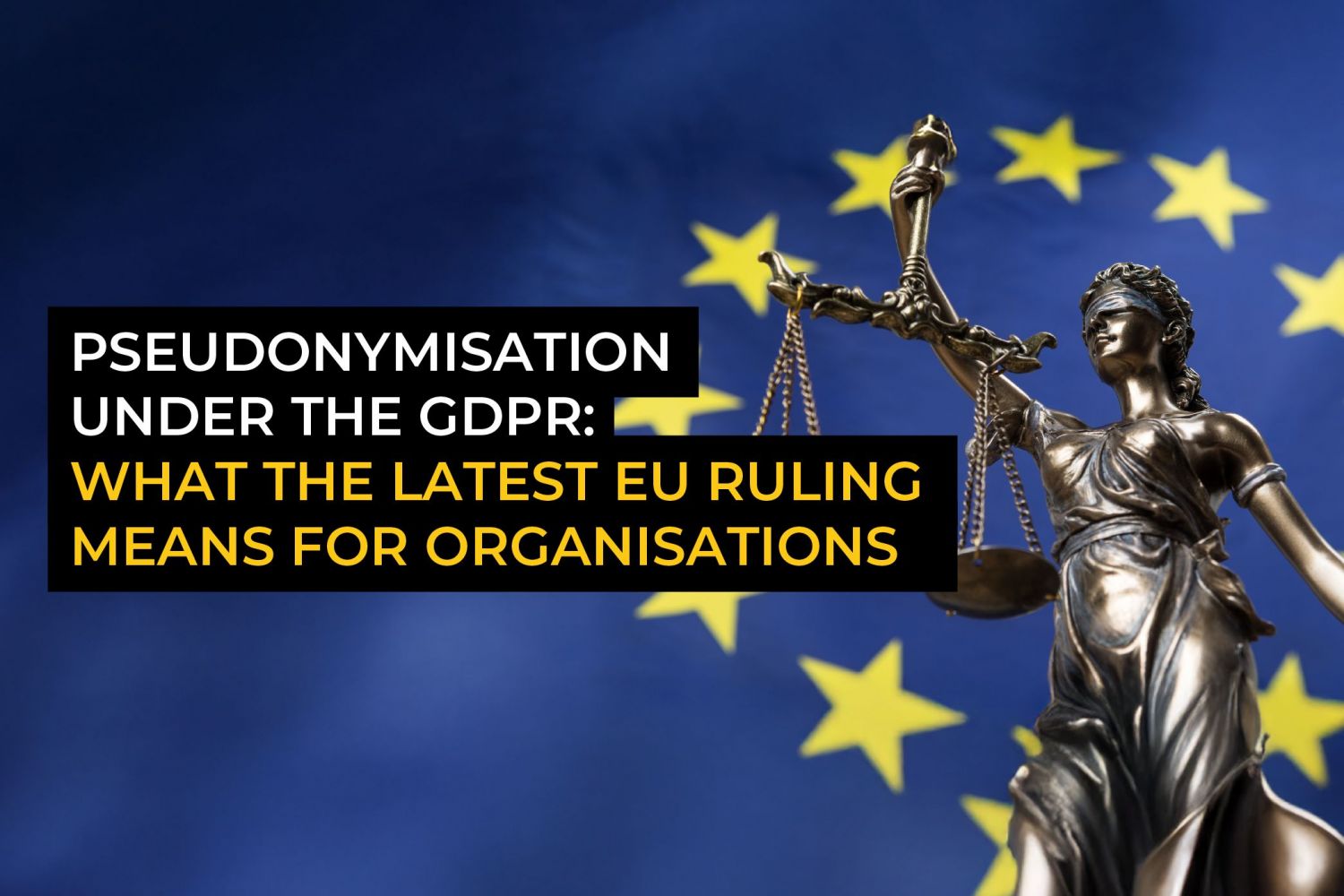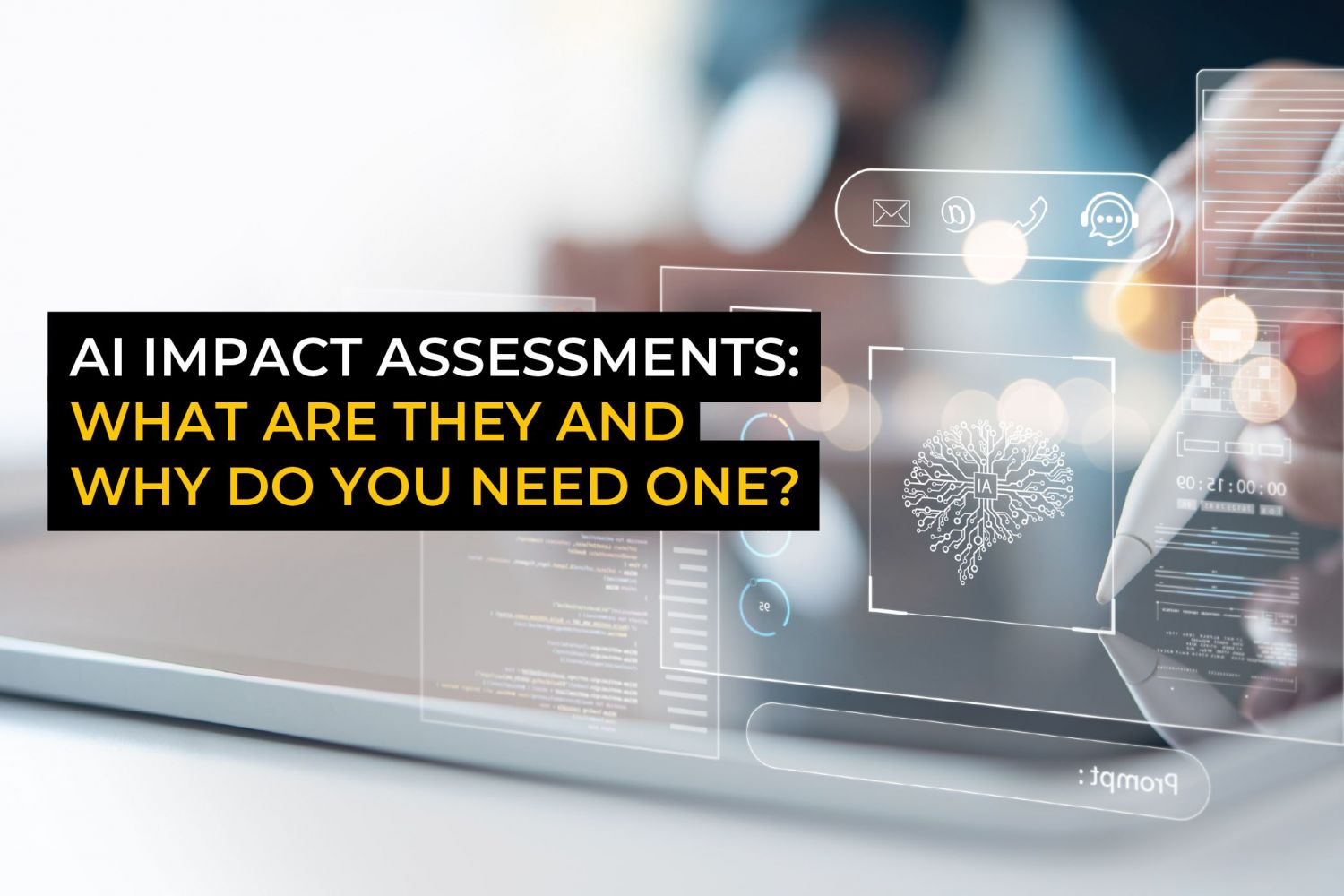- Contact The DPO Centre
- +44 (0)203 797 1289
- hello@dpocentre.com

How to share data legally for safeguarding
July 8, 2025
CRM data retention: Balancing commercial objectives with GDPR compliance
August 4, 2025GDPR compliance in white label banking

White label bankingA model where a company offers financial services like accounts, loans or cards under its own brand, while a licensed third-party bank provides the underlying infrastructure and regulatory compliance is a fast-growing area, but it also brings regulatory challenges. This blog explores the key GDPR considerations for organisations operating in the EU and UK and provides practical steps to support compliance.
White label banking enables businesses to offer financial services like savings accounts, loans and payment cards under their own brand, whilst relying on a third-party provider’s infrastructure. This model brings speed and scalability, but it also introduces complex data protection risks.
Under the UK and EU General Data Protection RegulationRegulation (EU) 2016/679 of the European Parliament and of the Council of 27 April 2016 on the protection of natural persons with regard to the processing of personal data and on the free movement of such data (General Data Protection Regulation). (GDPR), all parties involved – brands, banks, and third-party vendors – must work together to ensure compliance, transparency, and accountabilityPerhaps the most important GDPR principle, which requires controllers to take responsibility for complying with the GDPR and, document their compliance..
We explore each of these critical areas in more detail below:
- Conduct joint DPIAs
- Define roles and responsibilities
- Include GDPR clauses in contracts
- Maintain RoPAs
- Prioritise transparency
- Establish responsibility for data subject rights requests
- Establish a breach response plan
- Conduct thorough due diligence
In traditional banking, data flows are usually centralised and managed by a single data controllerAn entity (such as an organisation) which determines the purposes and means of the processing of personal data.: the bank. Compliance is built into a unified framework with well-defined responsibilities, covering security, transparency, and data subject rightsUnder UK and EU data protection regulation, data subjects have a number of rights available to them, including the right to be informed, access, rectification, erasure, restrict processing, data portability, to object and further rights in relation to automated decision making and profiling..
In white label banking, these responsibilities are often shared. The licensed bank is usually the data controller, particularly for core financial services. However, the brand offering the white-labelled service may be classified as a joint controller if it influences how customer data is collected or used. In some cases, the brand may instead act as a data processorA third party processing personal data on behalf of a data controller., operating under the bank’s instructions.
Additional third parties, such as Know Your Customer (KYC) providers, fraud monitoring tools, and cloud platforms may act as processors or sub-processors, depending on their role in the data flow.

This fragmented structure, involving multiple parties, results in a dispersed data ecosystem and increases the risk of:
- Unclear or overlapping controller/processor responsibilities
- Delayed breach notifications, risking non-compliance with the GDPR’s 72-hour window
- Inadequate responses to data subjectAn individual who can be identified or is identifiable from data. rights requests
- Gaps in accountability and transparency
To remain GDPR-compliant, all parties must understand their obligations and work together to manage personal dataInformation which relates to an identified or identifiable natural person. lawfullyIn data protection terms, 'lawfully' must satisfy one of the appropriate lawful basis for processing and must not contravene any other statutory or common law obligations., fairly, and transparently.
Steps to ensure GDPR compliance
To navigate these risks, organisations embarking on white label banking ventures should prioritise the following strategies:
1. Conduct joint Data Protection Impact Assessments
Under Article 35 of the GDPR, a Data Protection Impact AssessmentA formal documented assessment which allows decision-makers to identify, manage and mitigate any data protection risks associated with a project. (DPIA) is required where processing is likely to result in high risk to individuals, such as large-scale financial processing involving sensitive data or profiling. In a white label model, joint DPIAs between the brand, the bank, and relevant third parties are essential for identifying risks and agreeing on mitigation measures.
For more information on DPIAs, refer to the guidance from the UK’s ICO or the EU’s EDPB.
2. Define roles and responsibilities
Clearly identify whether each party is acting as a data controller, joint controller, or processor. In white label banking, brands typically control marketing and customer onboarding, whilst the bank controls account management and regulatory reporting. These roles must be defined under Articles 4(7) and 4(8) of the GDPR to ensure obligations are properly assigned and fulfilled.
3. Include GDPR clauses in contracts
Contracts must reflect the data protection responsibilities of each party. Article 28 of the GDPR requires specific terms when engaging processors, such as rules around confidentiality, sub-processors, security, and breach reporting. Where joint controllership applies, Article 26 mandates a written agreement outlining each party’s responsibilities and how data subjects can exercise their rights.
4. Maintain Records of Processing Activities
Under Article 30, organisations must maintain a Record of Processing Activities (RoPA). In a white label setup, this means mapping how data flows between the brand, the bank, and any third parties. Well-documented RoPAs support accountability, speed up breach responses, and streamline handling of Data Subject Access Requests (DSARs).
5. Prioritise transparency
Customers may not realise that multiple entities are involved behind the scenes. Your privacy noticeA clear, open and honest explanation of how an organisation processes personal data. should clearly explain which parties are processing their data, what roles they play, and how individuals can exercise their rights under the GDPR.
6. Establish responsibility for data subject rights requests
The parties should document how they will handle data subject rights requests – such as access, rectification, or erasure – and how they will cooperate to ensure an appropriate and timely outcome for the customer.
7. Establish a breach responseAn organisation's procedure or approach for recording, investigating, containing and mitigating a personal data breach. plan
In a multi-party environment, breach reporting can easily fall through the cracks. A joint incident response plan should be developed and embedded in contracts, setting out who is responsible for what, and ensuring all parties understand the 72-hour deadline for notifying regulators when there is a risk to individuals.
8. Conduct thorough due diligence
Don’t assume financial regulation equates to GDPR compliance. Before entering into a white label agreement, carry out due diligence on your partners. Review their data protection policies, security credentials, breach history, and approach to handling data subject rights.
Key takeaways
White label banking enables brands to scale quickly and offers customers more integrated financial services. But with multiple parties involved in processing personal data, GDPR compliance can quickly become a challenge.
Businesses must clearly define roles and responsibilities, maintain transparency with customers, conduct thorough due diligence on all partners, and build in privacy from the outset through DPIAs and robust contracts. By embedding compliance into the foundations of the partnership, organisations can deliver trusted financial services that respect customers’ rights and uphold data protection standards.
If your company would benefit from expert data protection advice and guidance, please contact us for more information on how our outsourced services can support your business.
Enquire
Fill in your details below and we’ll get back to you as soon as possible



